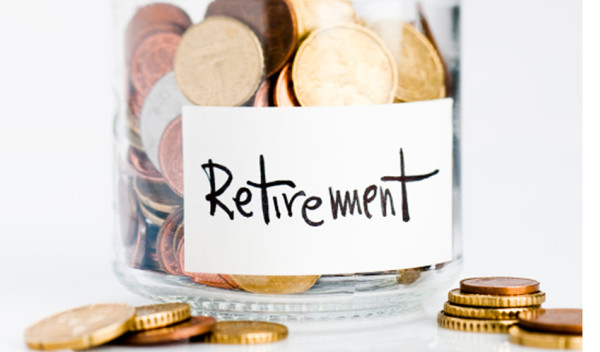

More than half a million defined benefit scheme members are set to give up their guaranteed benefits by transferring out, however it is “puzzling” why non-retired members would transfer, Hargreaves Lansdown said.
The 1,037 response study found that while around two-thirds plan to stick with their DB benefits, almost a third of members have yet to rule out transferring.
Specifically, 7.8 per cent of respondents stated they would transfer.
Based on 6.87m deferred and active DB scheme members, according to the Pension Protection Fund’s 2014 Purple Book, Hargreaves Lansdown calculated this equates to 535,860 members.
Hargreaves Lansdown stated that given active members are unlikely to transfer until they cease accruing benefits, come 6 April there could potentially be 1.67m individuals - one third of 5.06m deferred members - evaluating their options.
Nathan Long, head of corporate pension research at Hargreaves Lansdown, commented most retirees will be well served with a ‘mix and match’ approach.
He said: “A bedrock of guaranteed income to cover essential spending in retirement, coupled with some additional flexibility for the non-essentials. Defined benefit schemes can be used to help cover the essential spending.
“Transfers can make sense in certain circumstances and often at the point of retirement. These circumstances should be considered the exception rather than the rule.”
Control at retirement was the key reasons why members wished to transfer, closely followed by the ability to pay any leftover pension to the children in the event of death. As for reasons not to transfer, 80 per cent cited the value of their defined benefits.
Of those sure of transferring, more than half wish to do so before retirement, something the firm described as “puzzling”, as DB pensions provide a guaranteed income and the guarantee that the pot is growing all the time.
“A transfer to a defined contribution pension surrenders these benefits and leaves members subject to the fluctuations of the stock market.
“Typically, transfer values do not adequately compensate members for the benefits being given up. It is common that investment returns of between 8 and 10 per cent are required every year to provide equivalent benefits, should a transfer take place.”
At the end of last year, an upheld decision by the Pensions Ombudsman revealed details of how a claimant transferred out of a DB pension to an alleged liberator.
The consumer had a DB scheme with NHS Scotland equating to around £367,000 and he transferred out in March 2013 to invest in a self-storage firm in the north of England that was offering an 8 to 12 per cent return.
Meanwhile, pensions consultancy Hymans Robertson stated that companies providing DB pensions could be hit with a bill for £100bn from April, due to an anticipated demand from retirees to cash in some of their benefits.
Calum Cooper, partner and head of trustee DB at the firm, said that even taking into account the tax free element of a traditional lump sum, many individuals – and in particular basic rate tax payers – could receive more cash per £1 of benefit through the DC transfer route.
He said: “While this is good news for retiring individuals keen to access cash, it will leave employers providing DB schemes with an eye-wateringly large and unexpected bill to foot.
“Clearly individuals should seek advice before giving up DB benefits. But delivering advice to the numbers we expect will prove costly.
“One way to balance the need for advice and managing costs would be to engage with scheme members, filter out those that are unlikely to do anything, and only target those who may benefit from a transfer.”
peter.walker@ft.com



